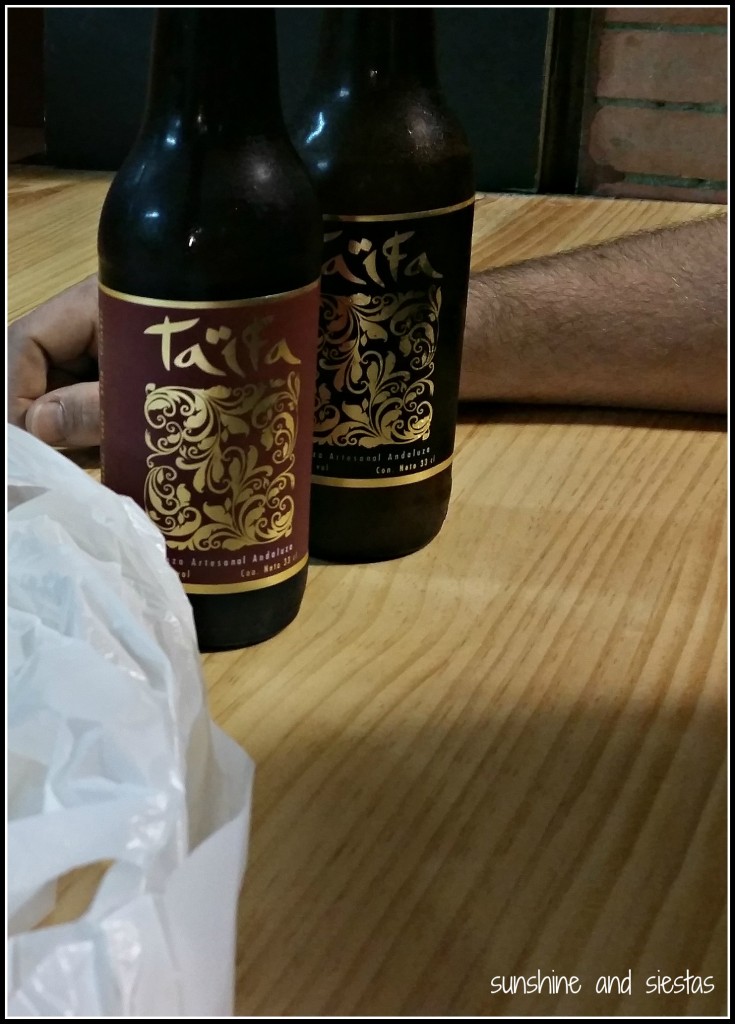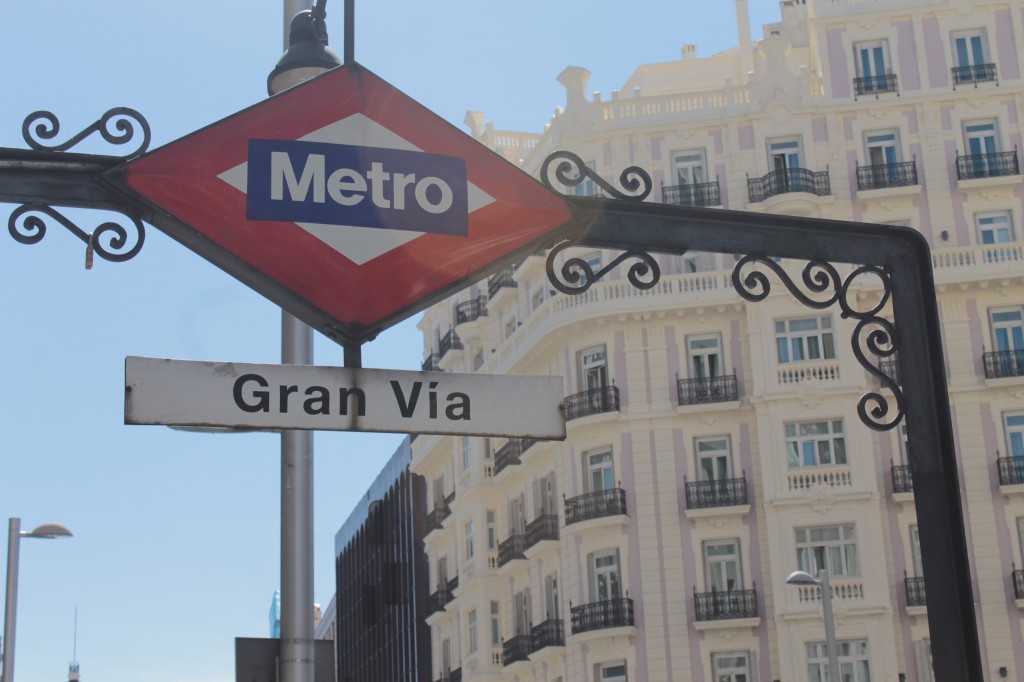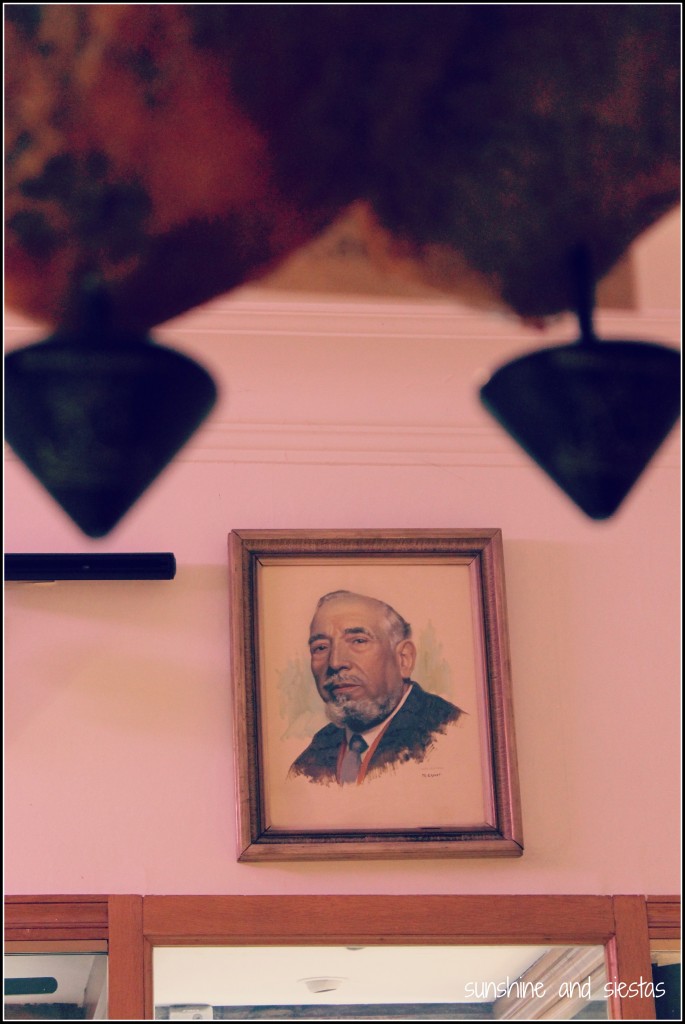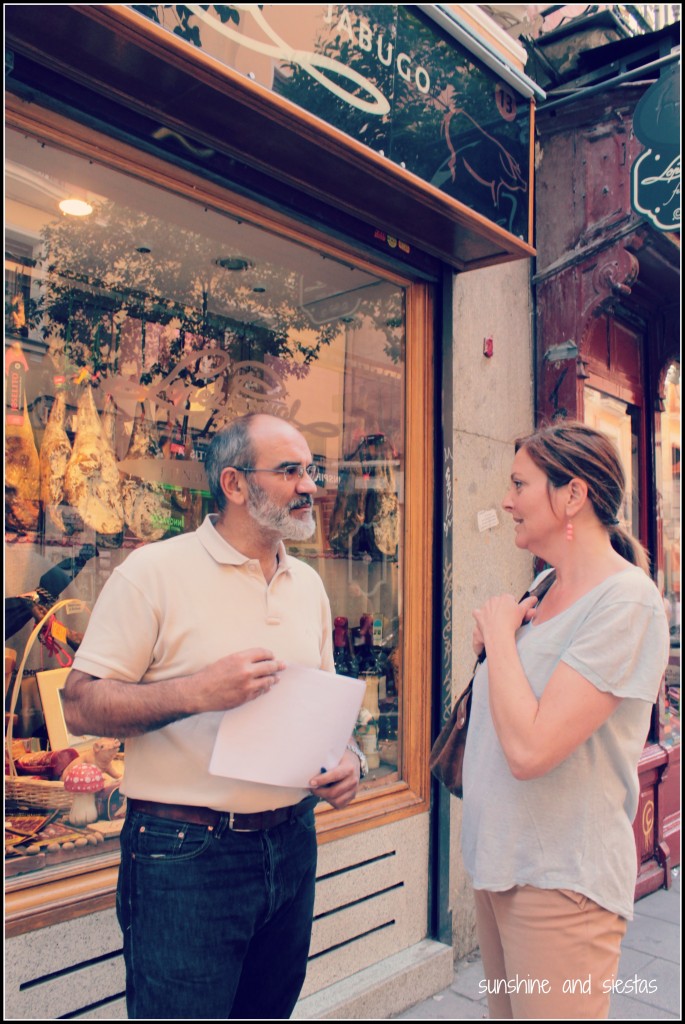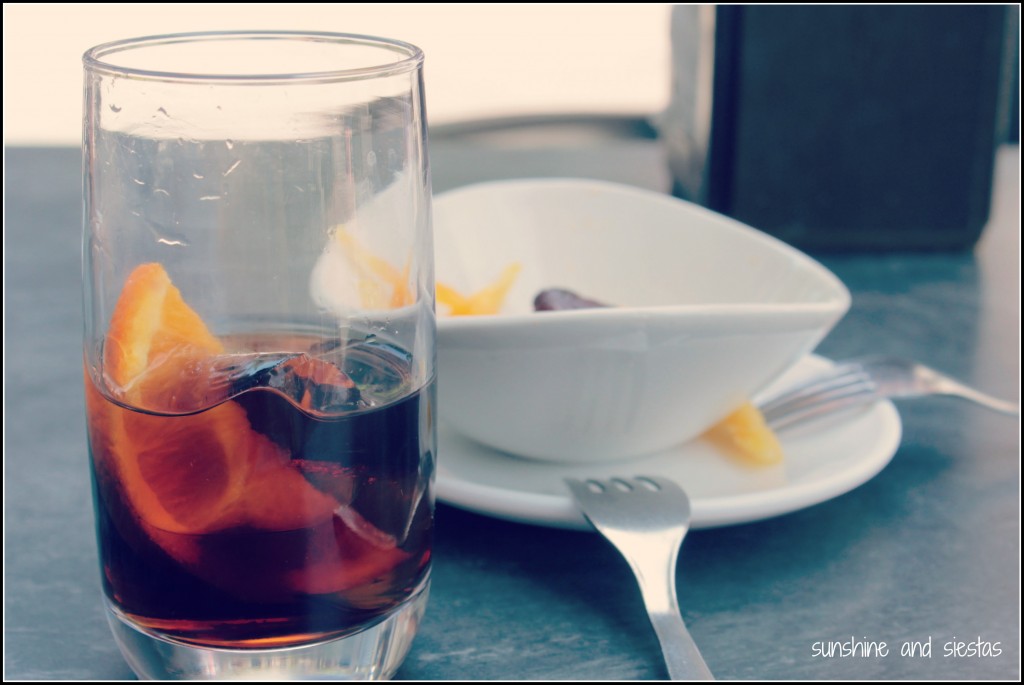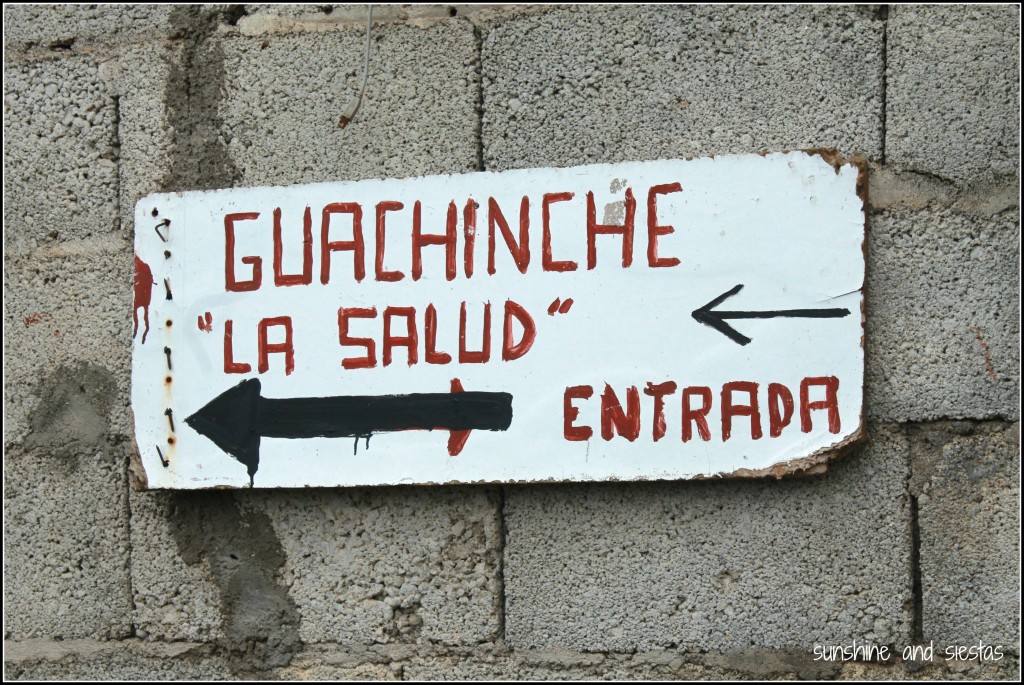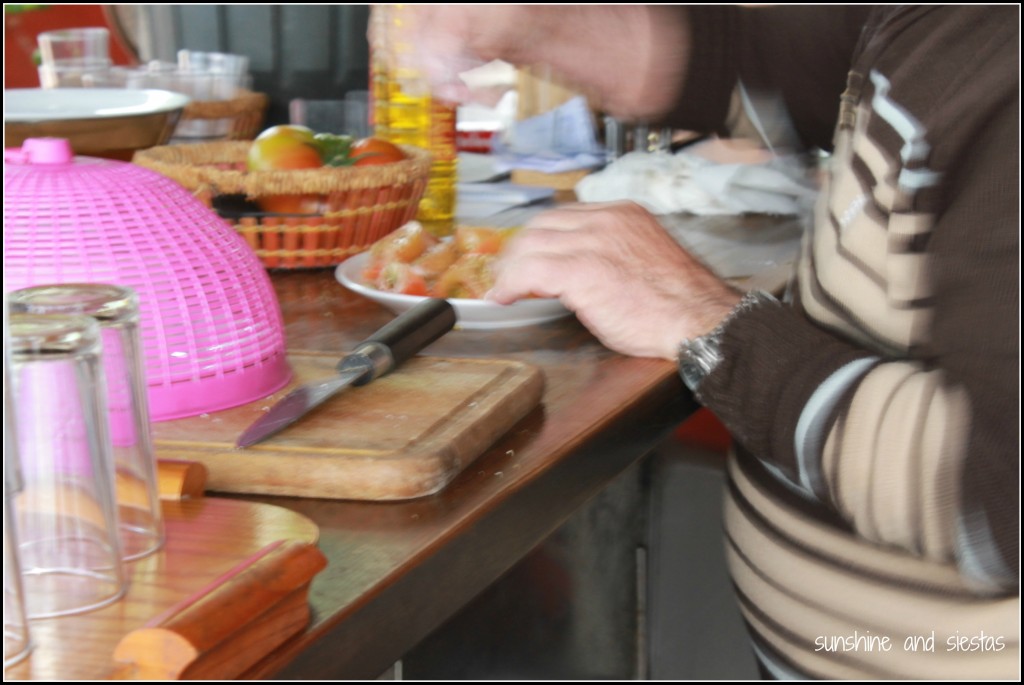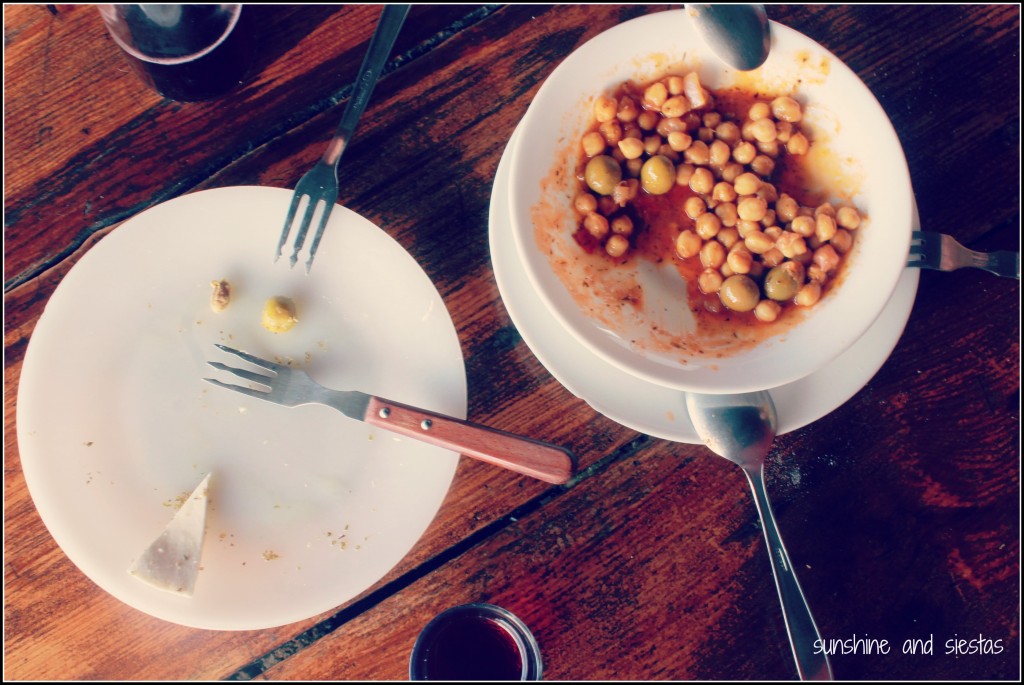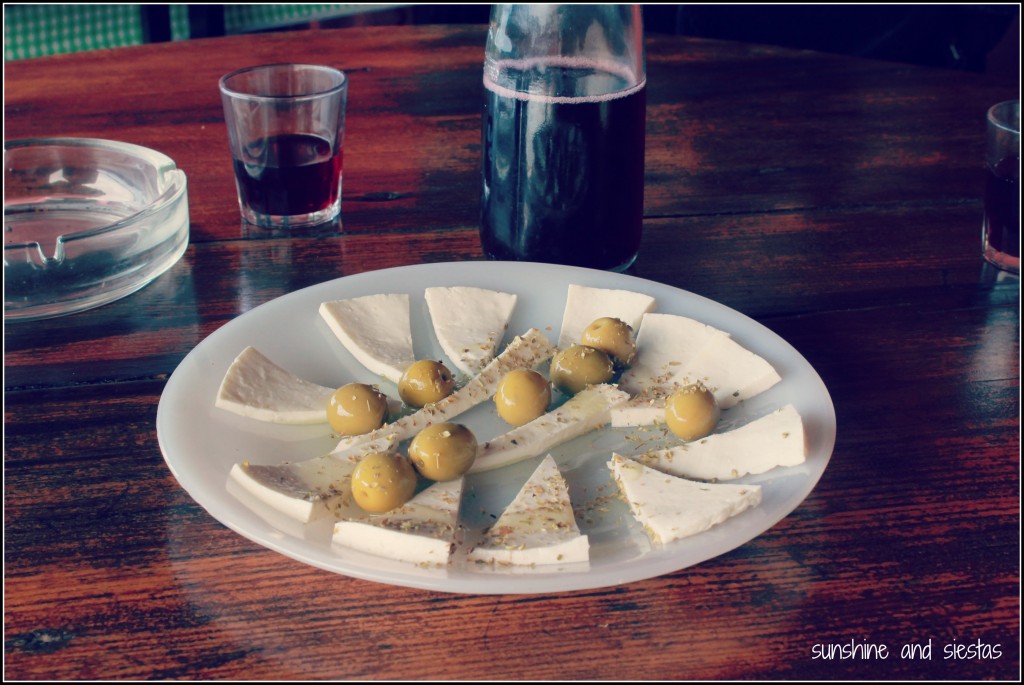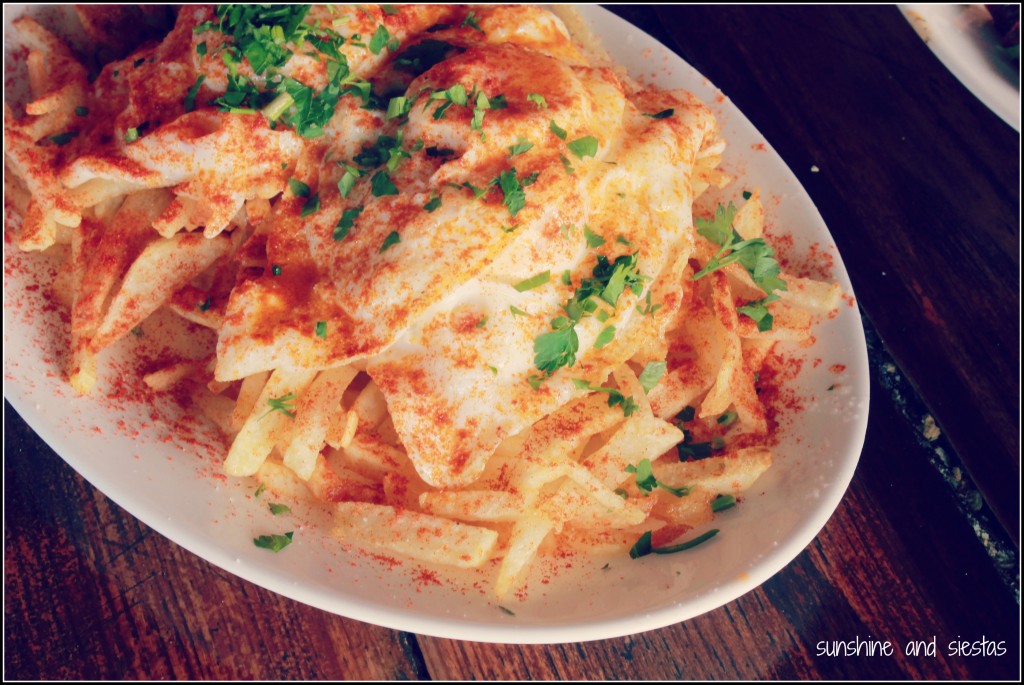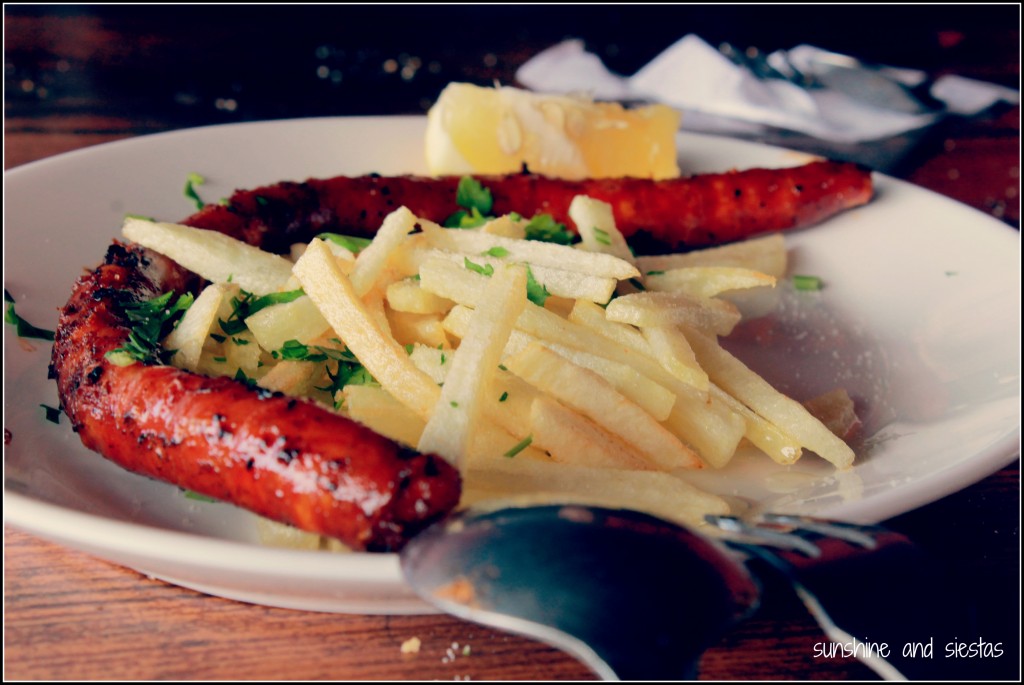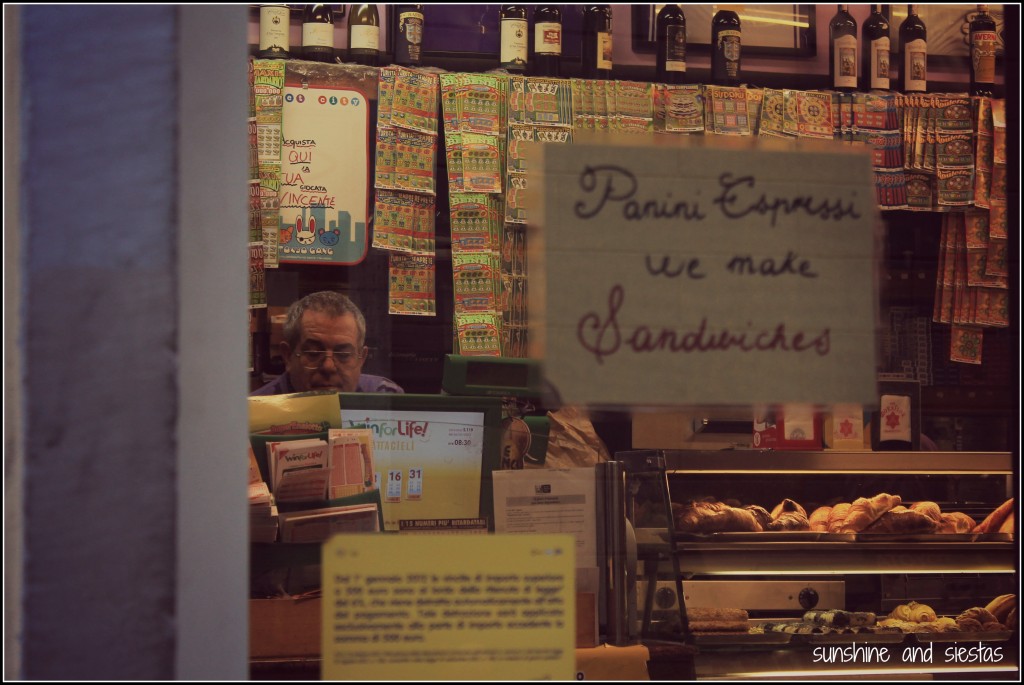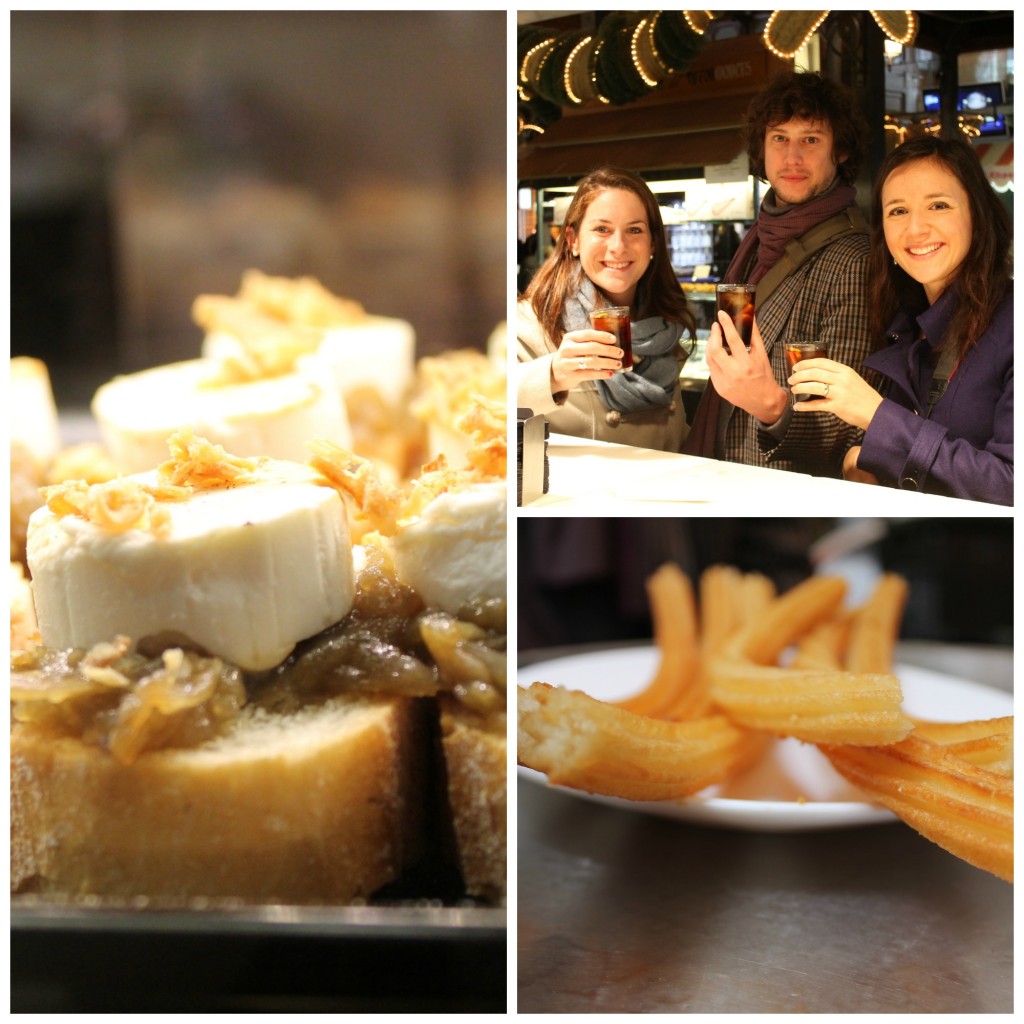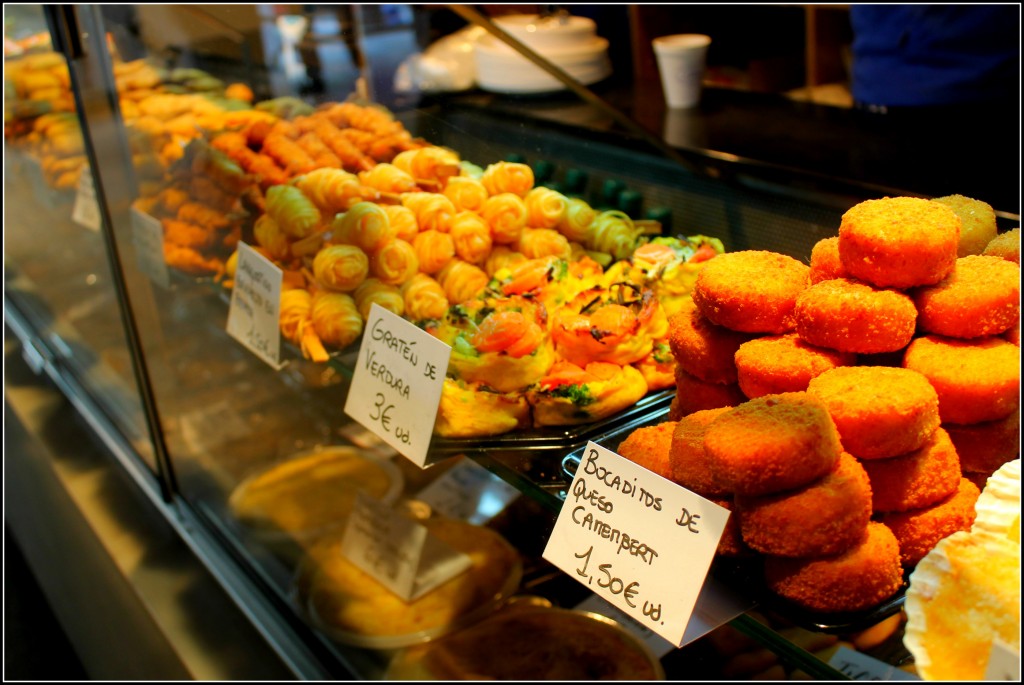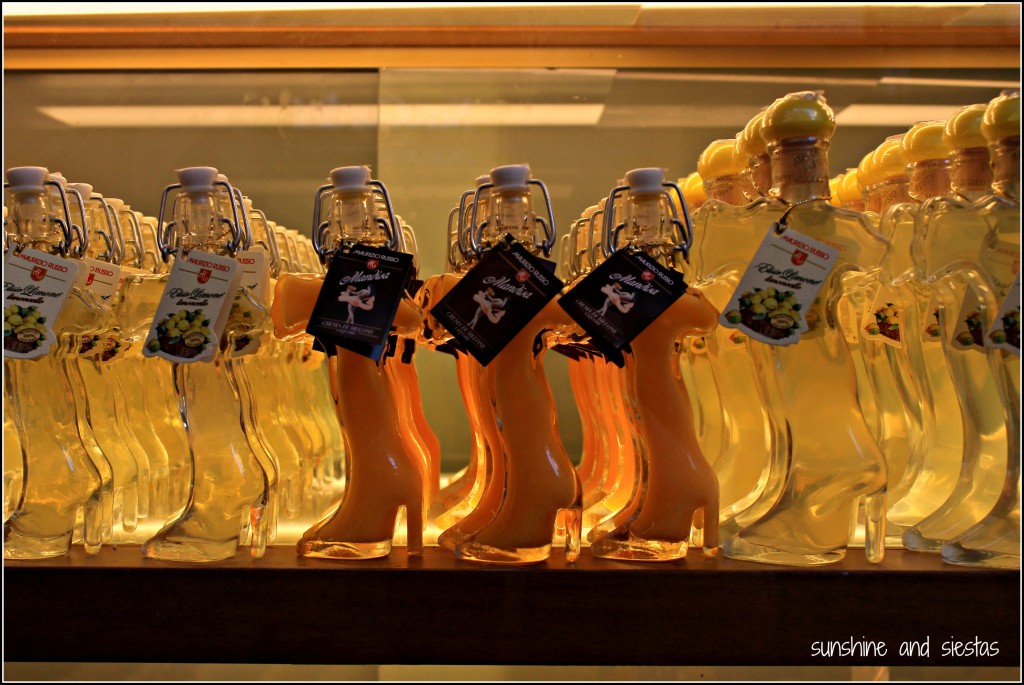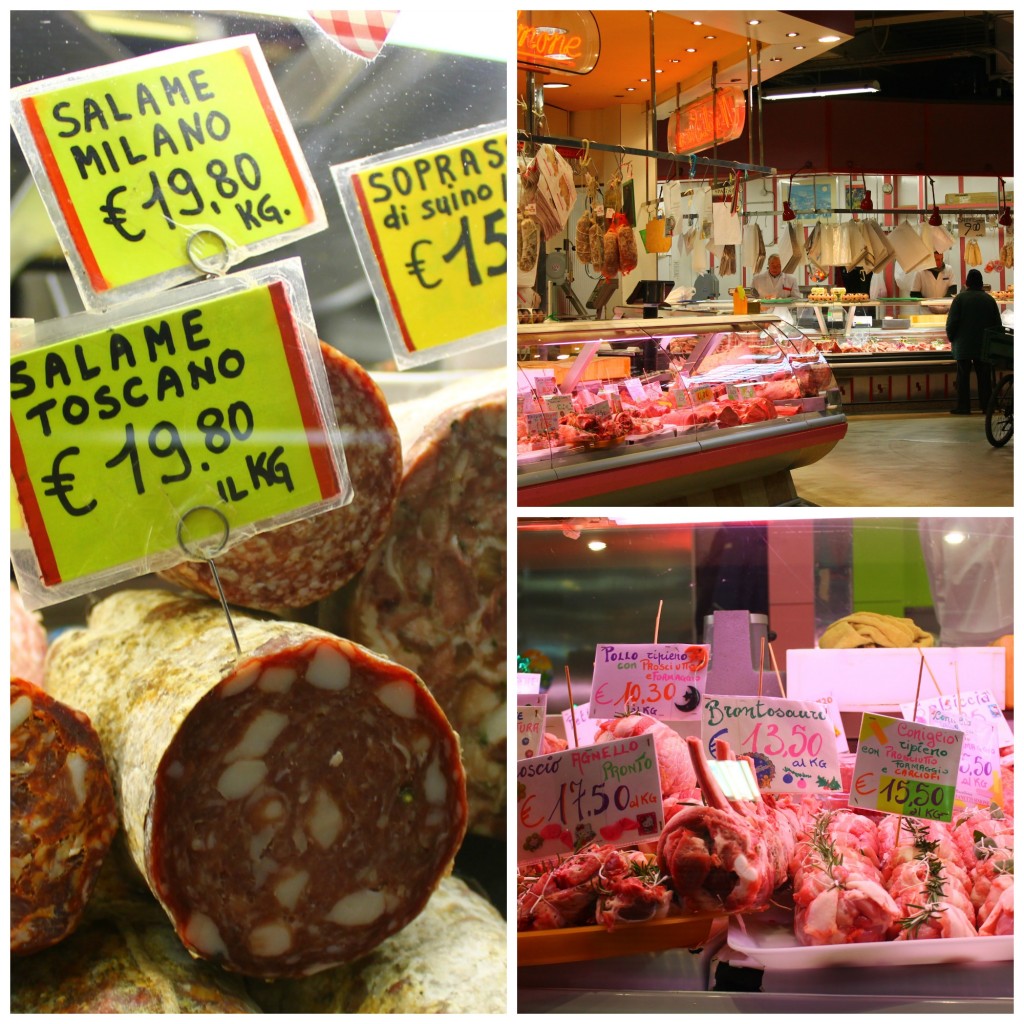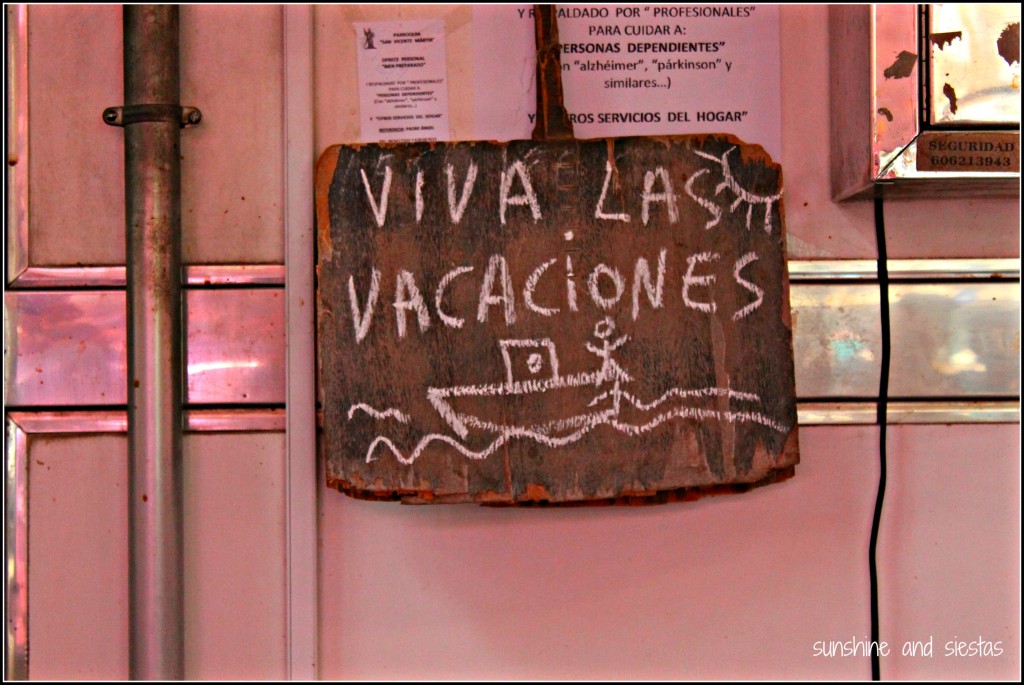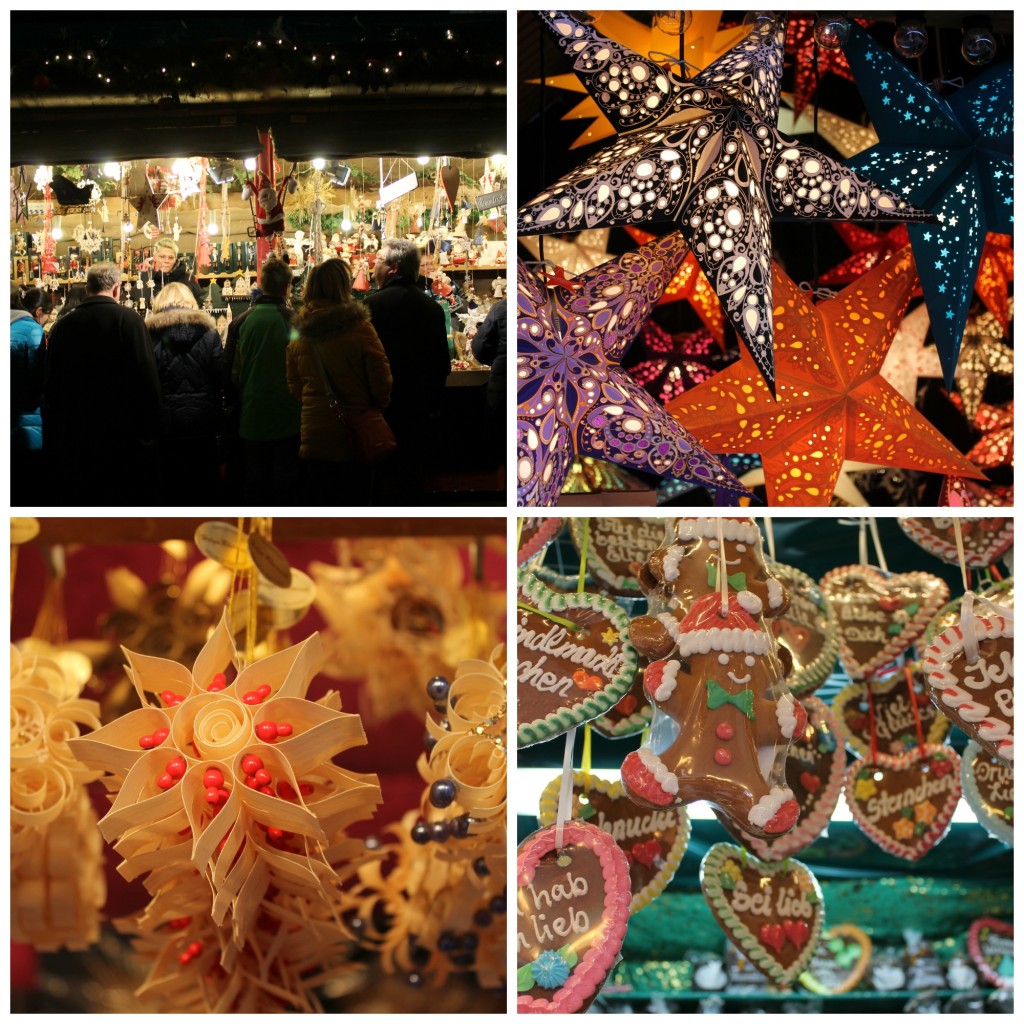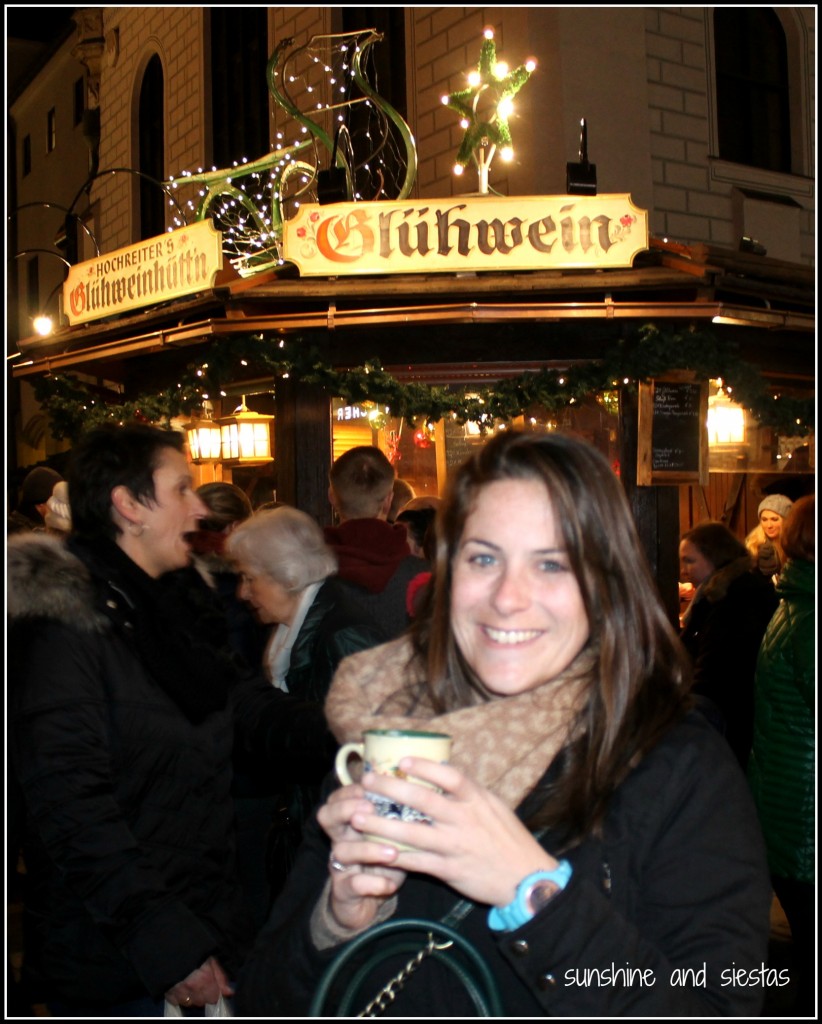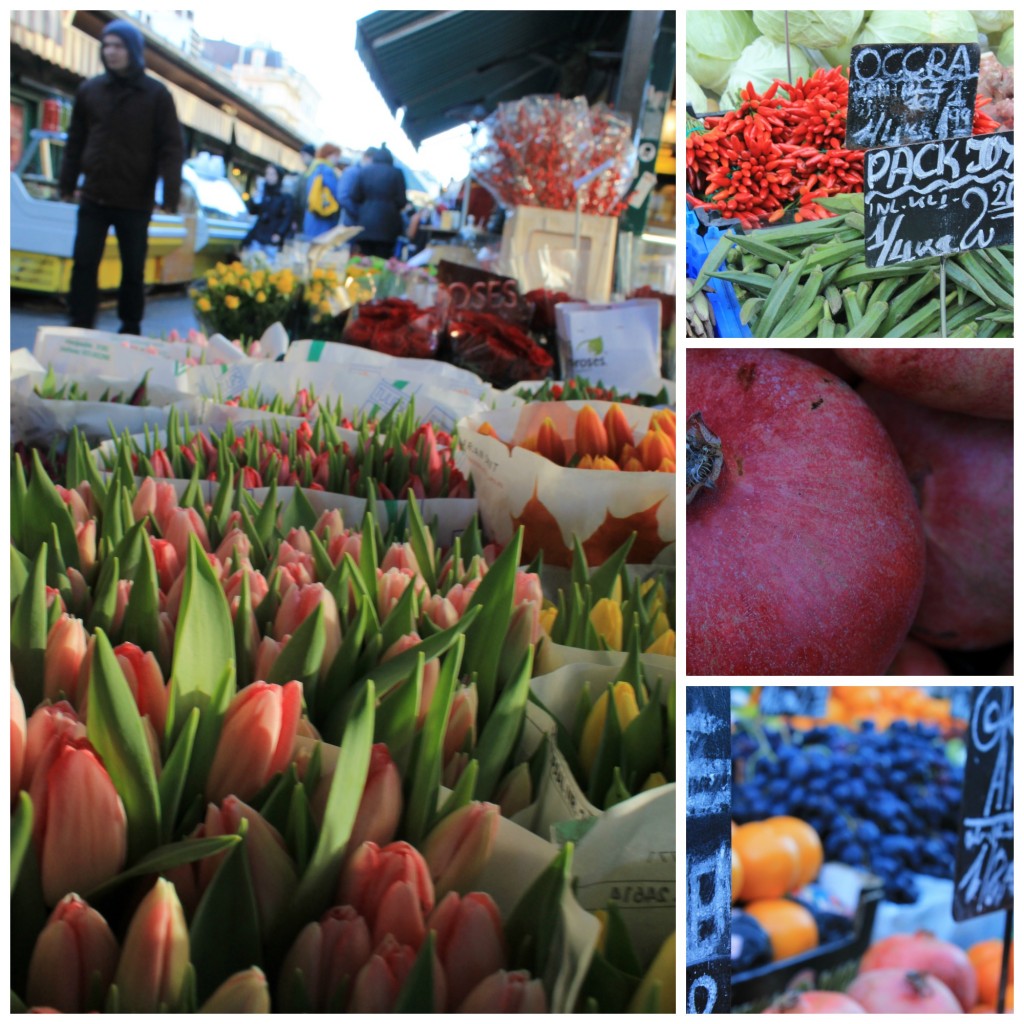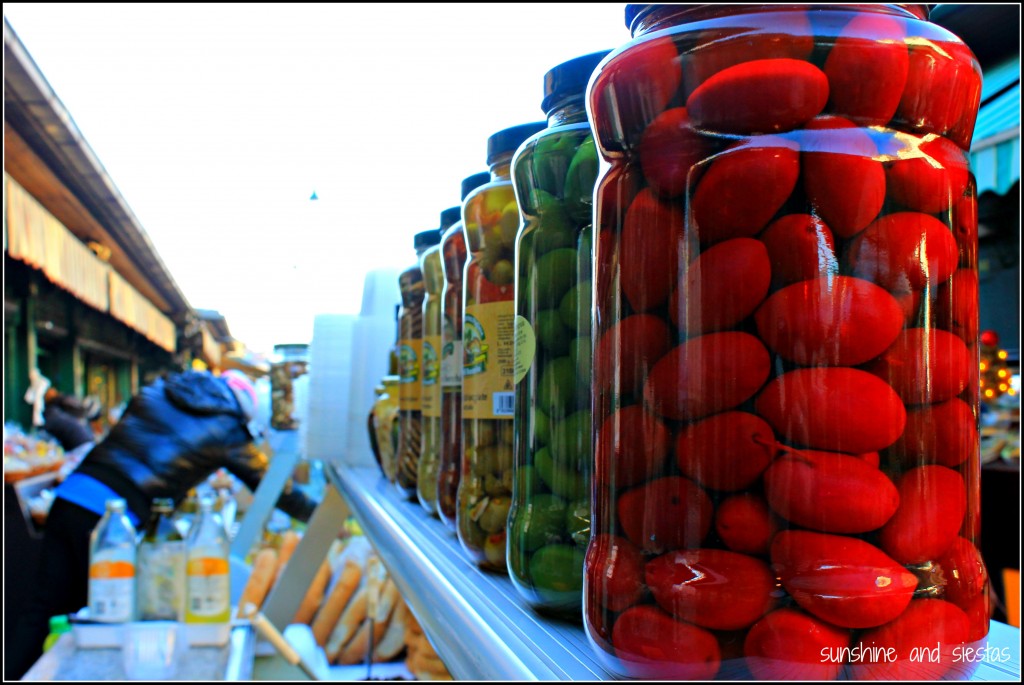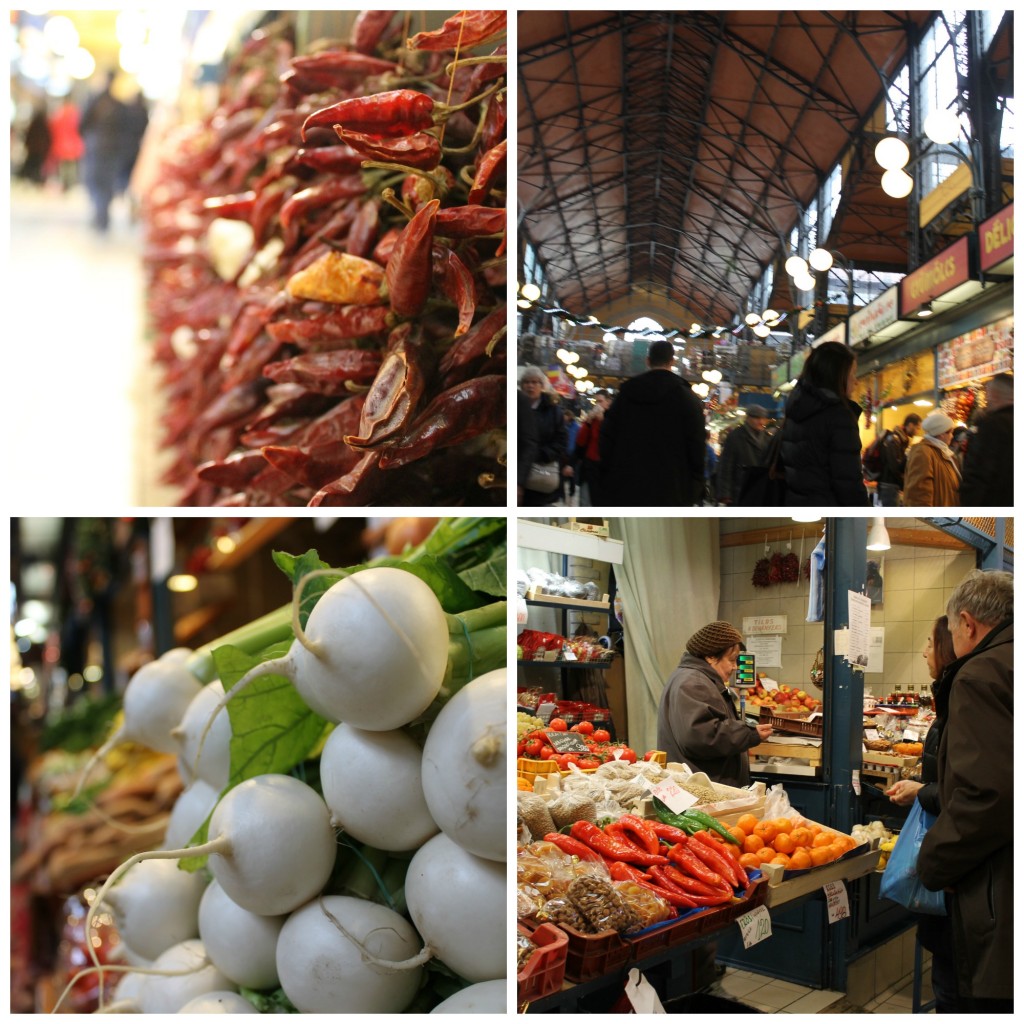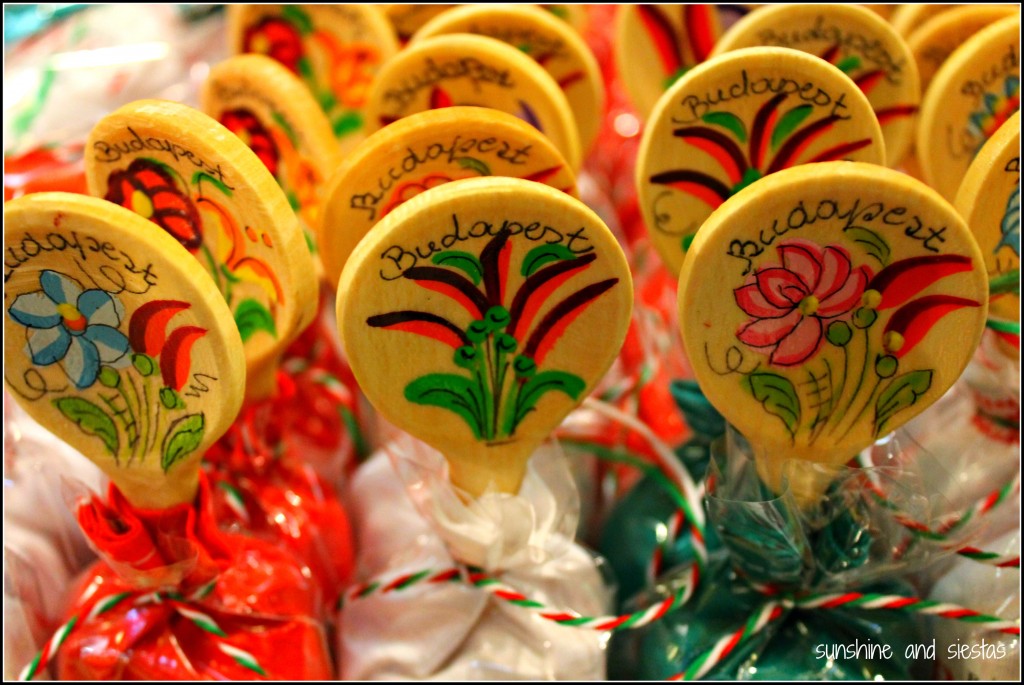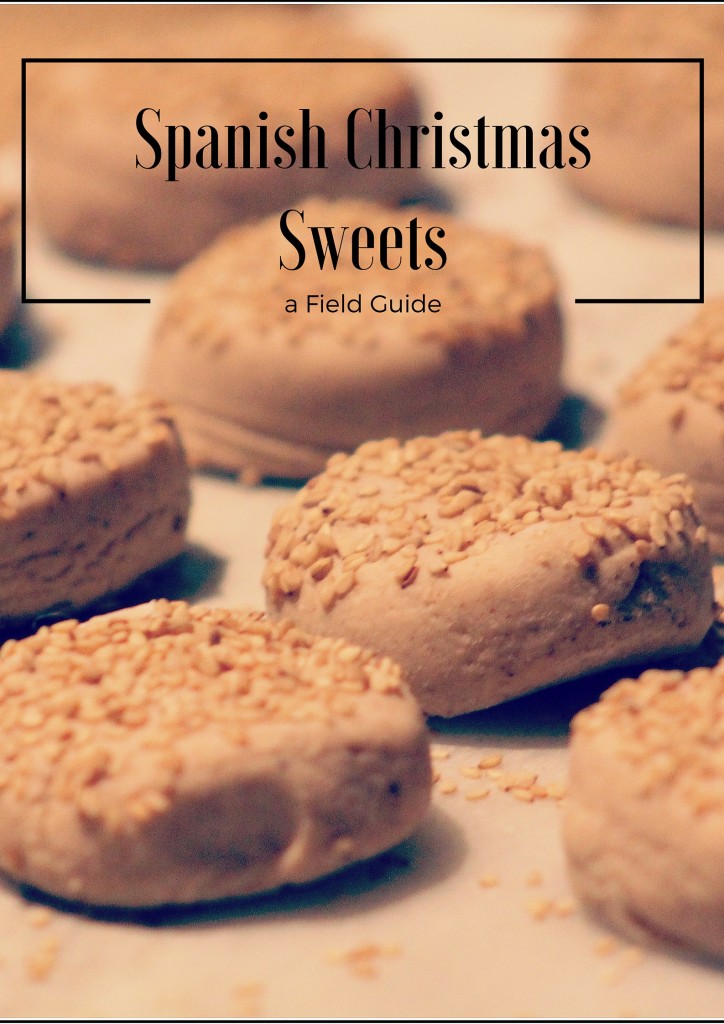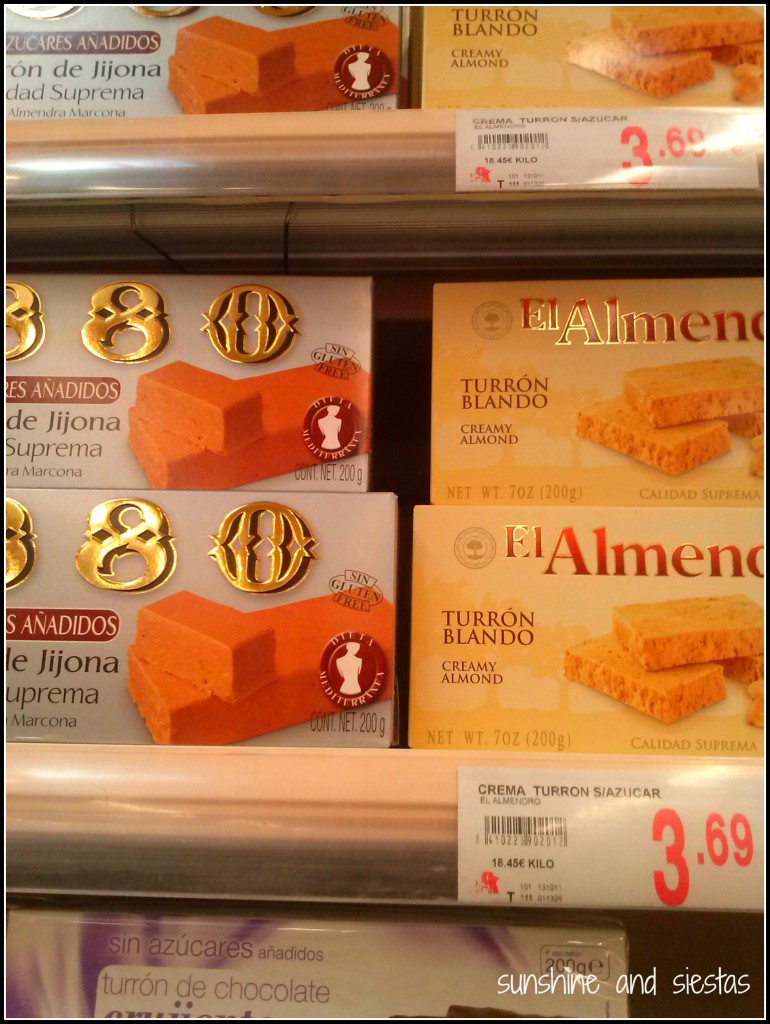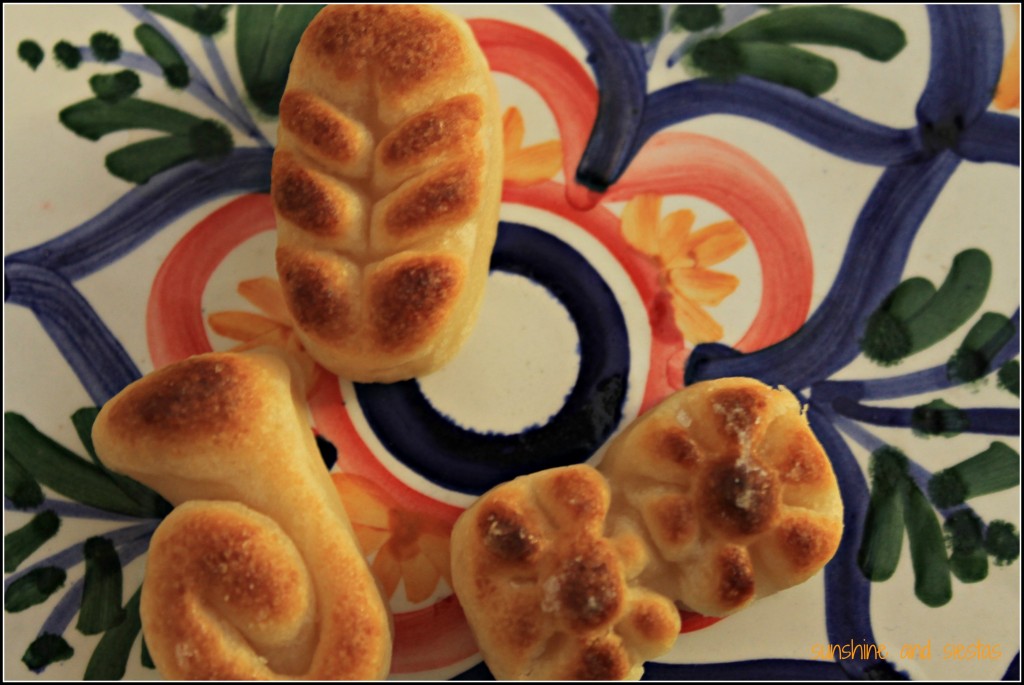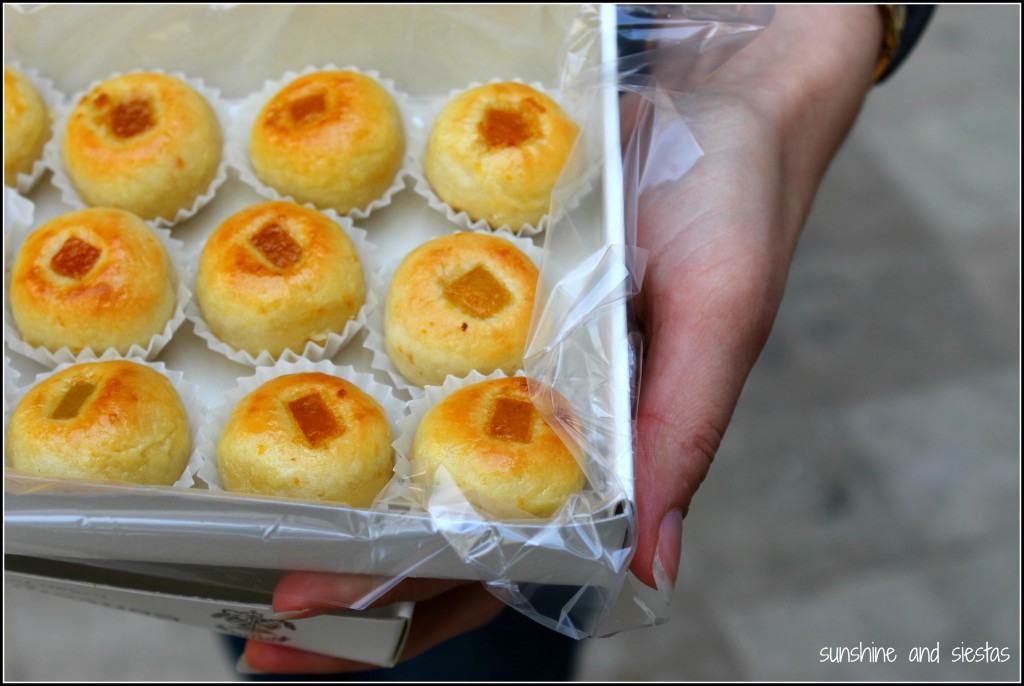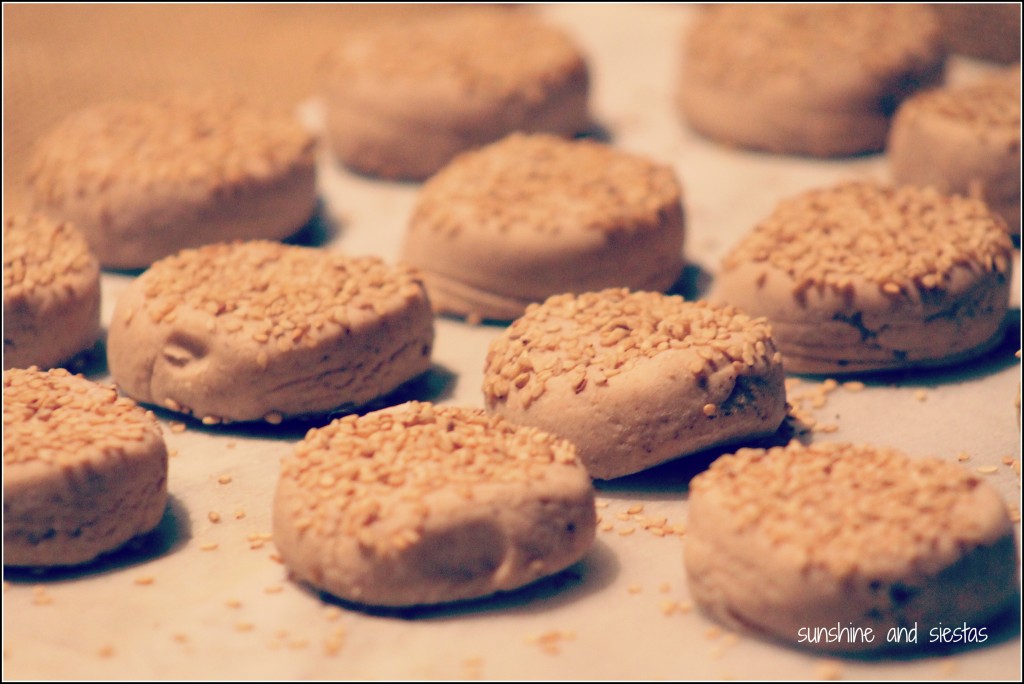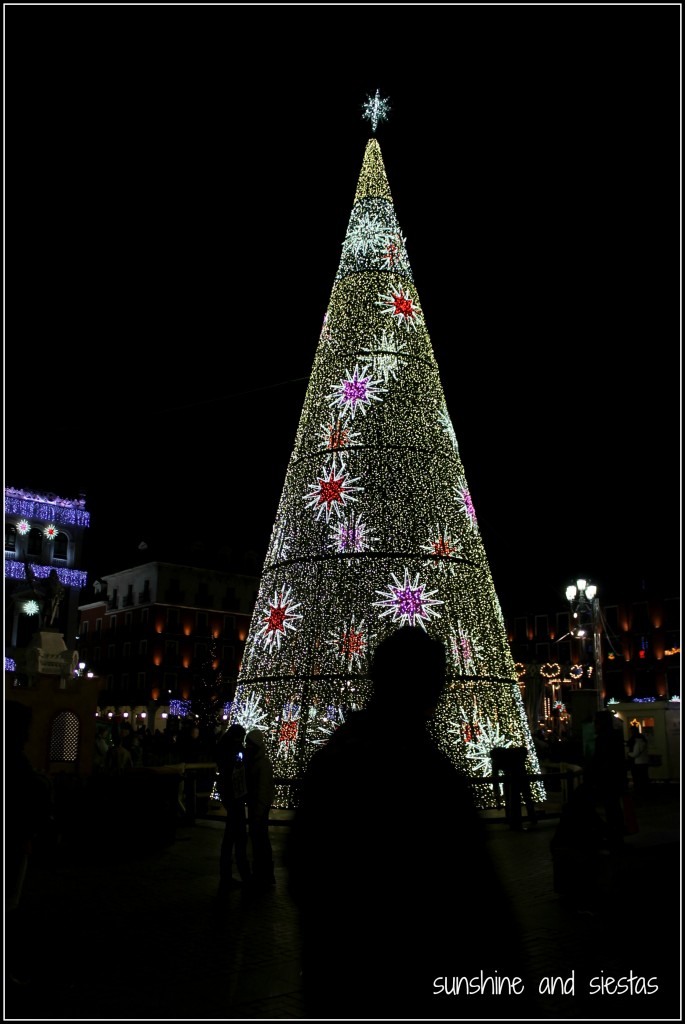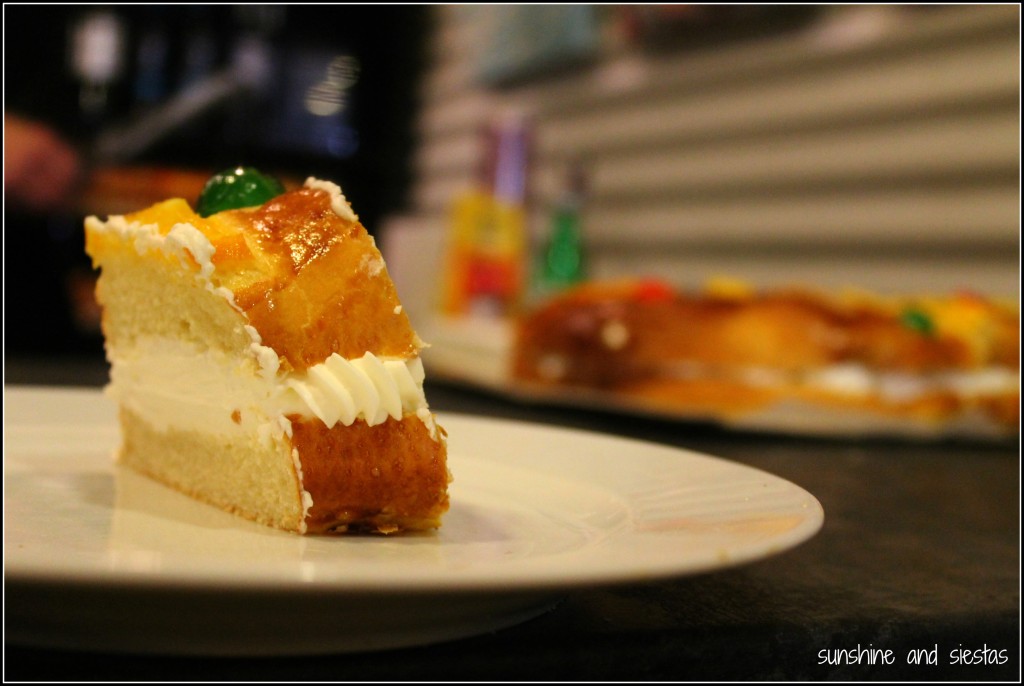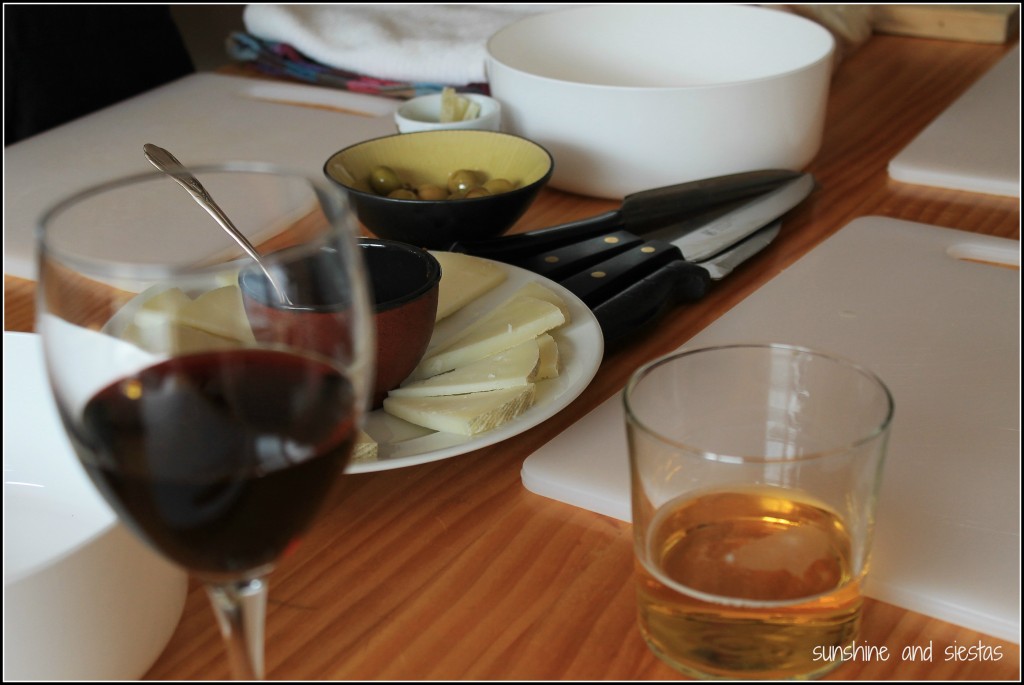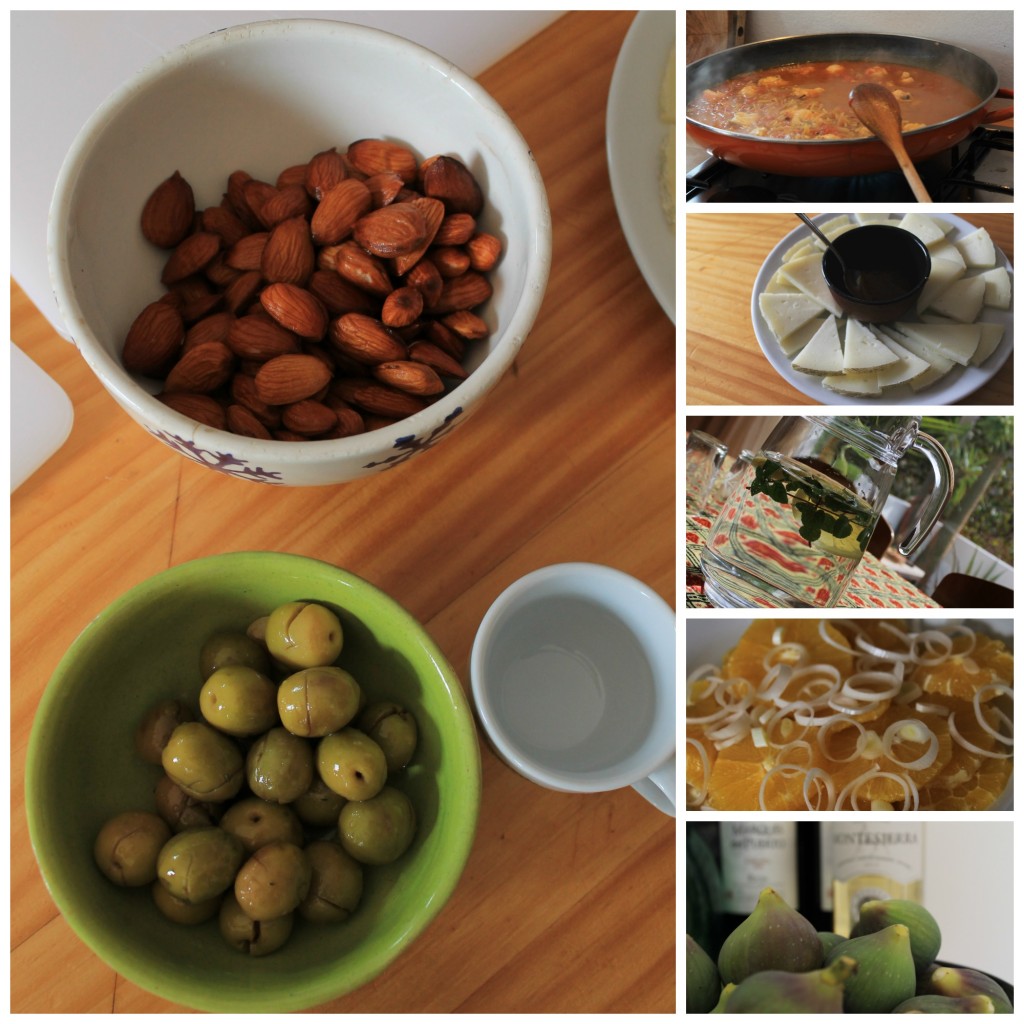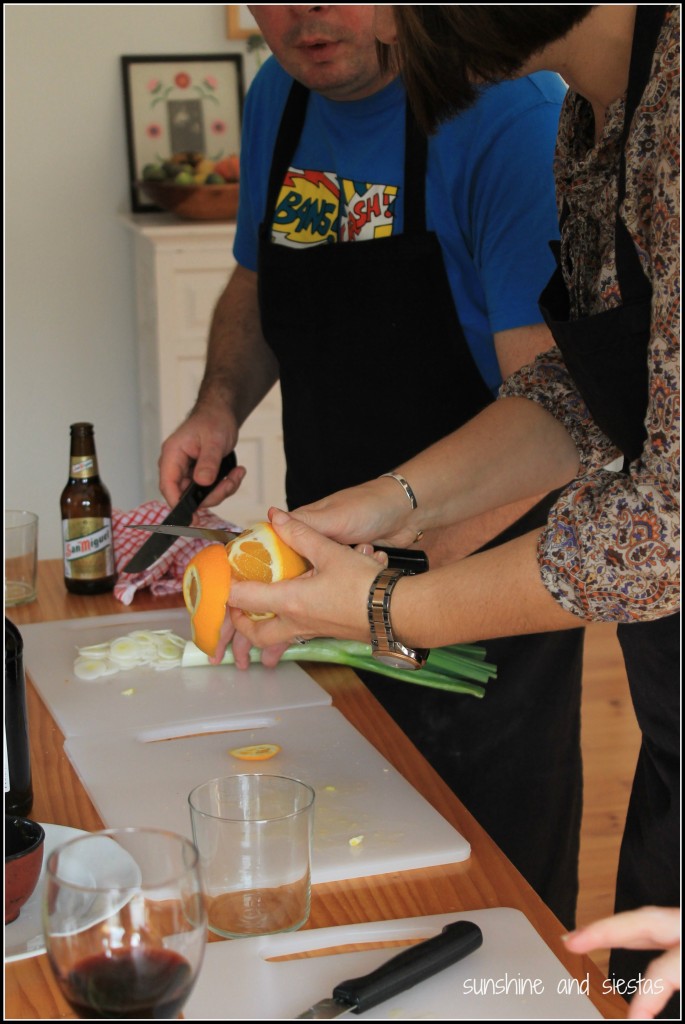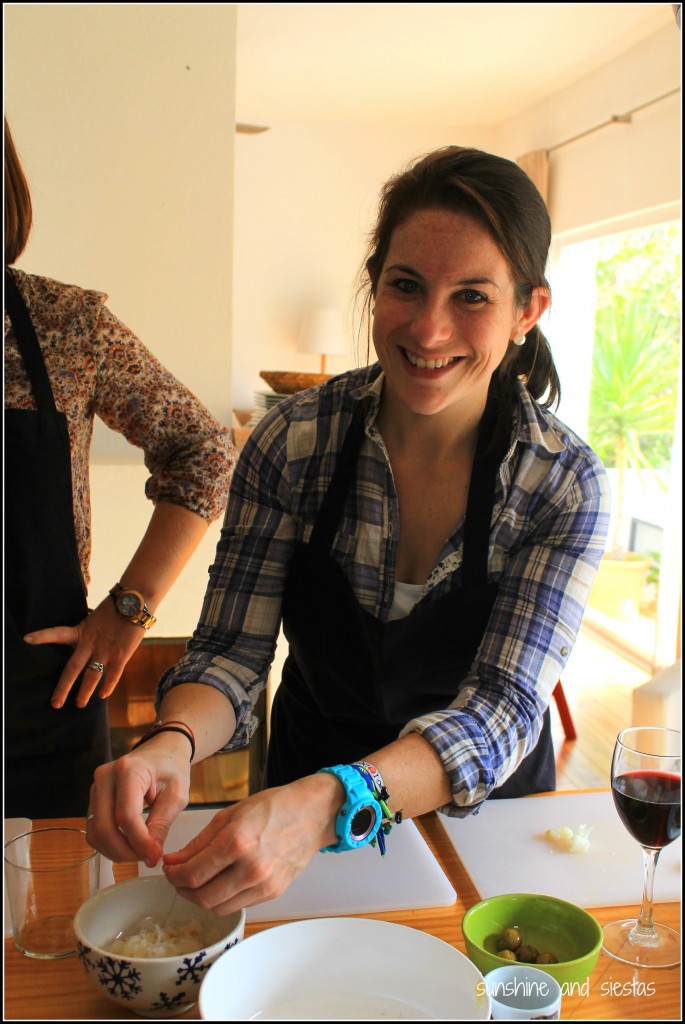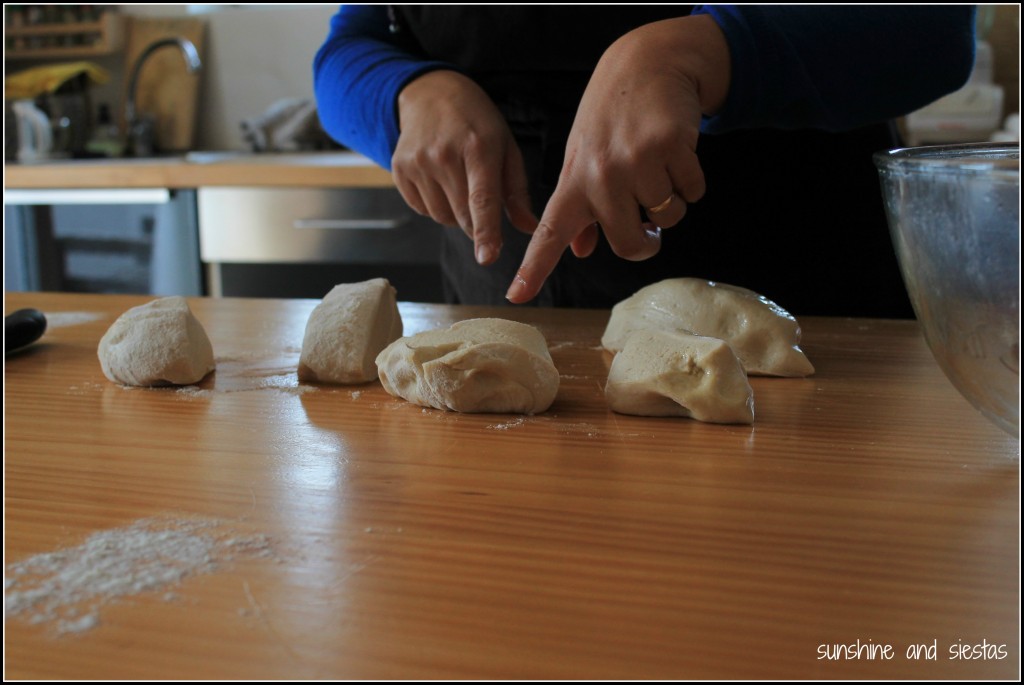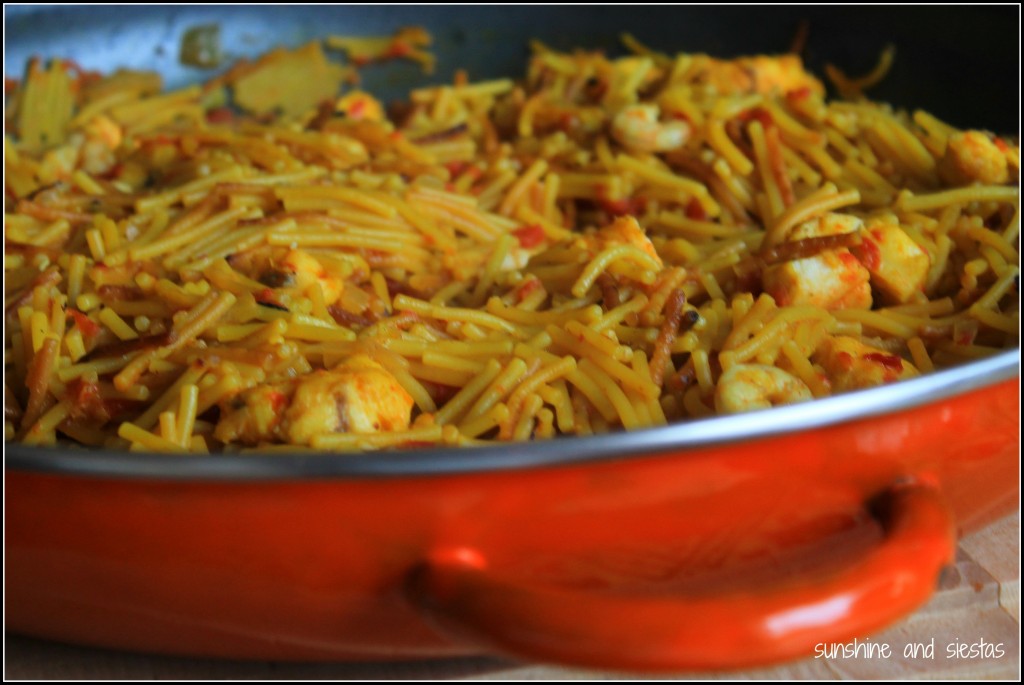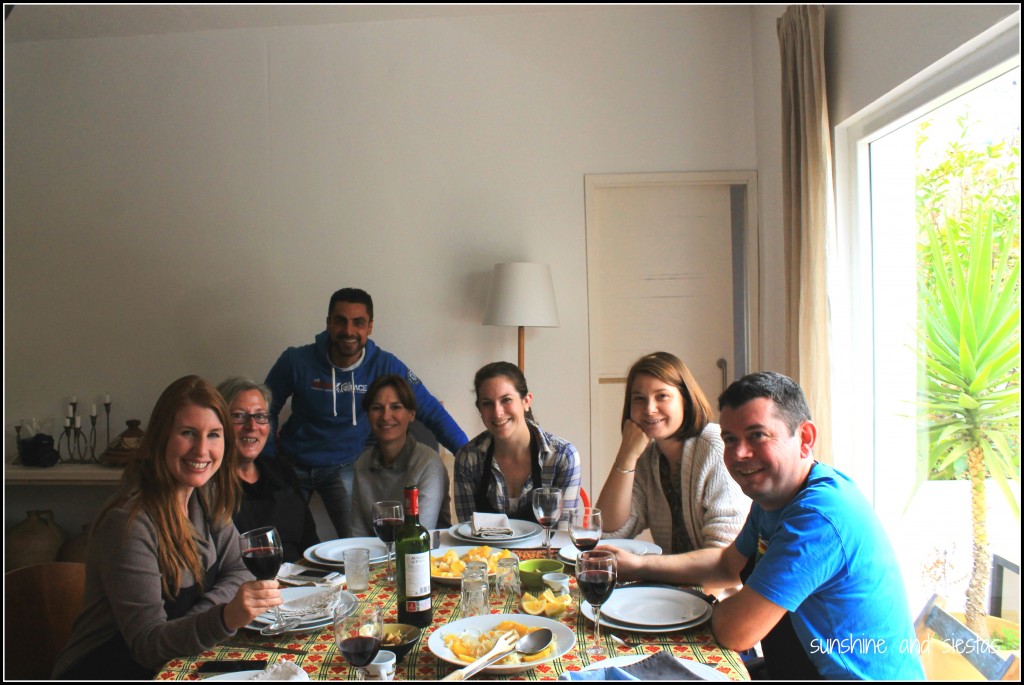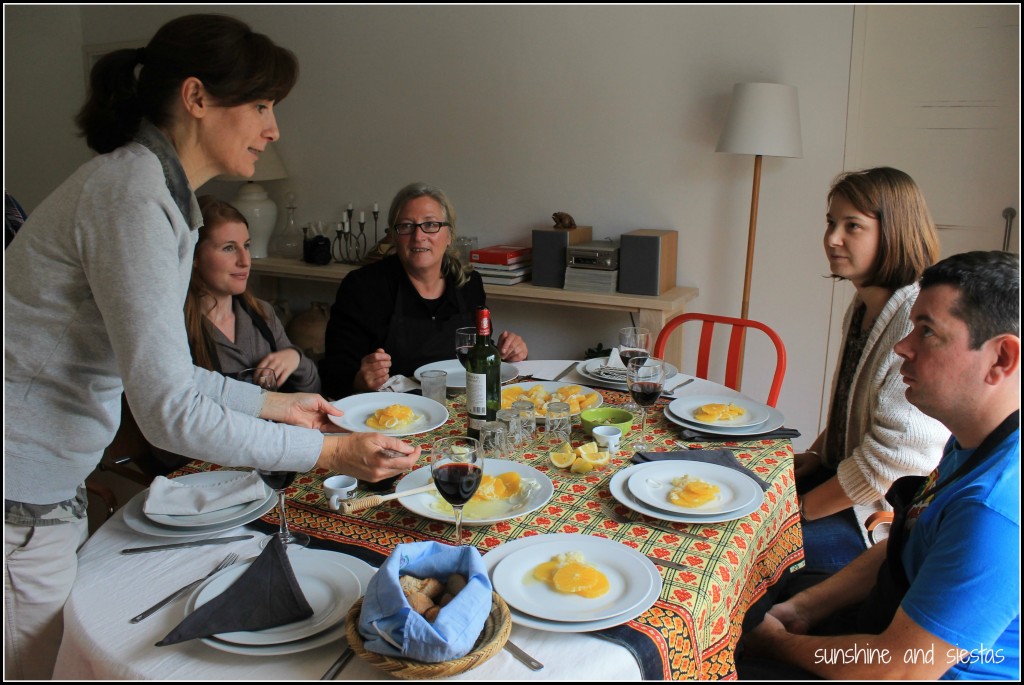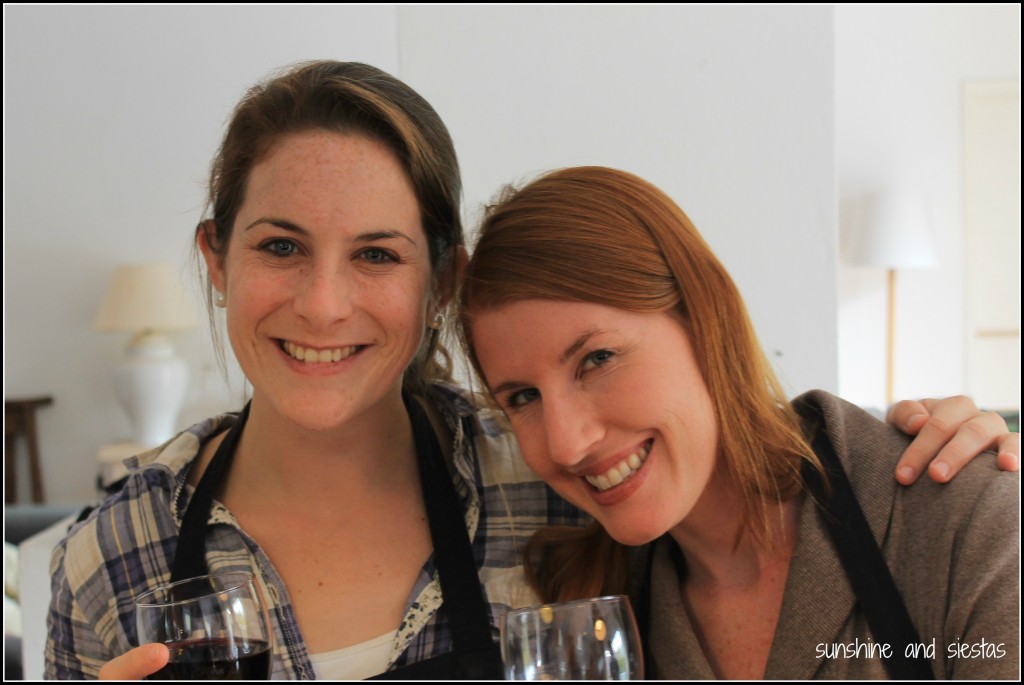Leave it to me playing on my cell phone to uncover something new in the Mercado de Triana. As we went for takeout sushi, I led the Novio down the wrong aisle in the iconic food market and ended up right in front of a craft beer bar.
I’d heard rumors of Spain upping their hops ante, and even though craft brews had caught on in Madrid and along the Mediterranean coast, sevillanos has remained pretty loyal to their local brand, Cruzcampo.
Don’t get me wrong – I love Cruzcampo, but more than the taste, I love what it means to me: sharing a sunny day with friends and stopping to take a break once in a while – but it doesn’t hold a candle to the midwestern beers I drank all summer. Taifa is more than an adult beverage – it’s the dream its socios had to bring a new product to the market, and one that surprises in a one-beer sort of town.
The Novio grabbed a 5€ snack of chicarrones, or fried pig’s skin, while I chatted up Jacobo, the founder and half of the bilingual pair who own and market Taifa. He told me that they brew close to twelve thousand litres of beer each year and have two varieties – a blonde and a toasted malt – with a third, and IPA, on the way.
The beers are reminiscent of those from the Sam Adams family, an intermediary between the mass-produced brands and the over-the-top flavored brews, all made from natural ingredients and brewed within the Triana Market. Jacobo and his American-born socio, Marcos, have plans to start pairings and tastings as soon as their new beer is out.
For more information about Taifa, visit their website or stop by the shop at puesto number 36. One bottle costs 2,20€. You can also read about Spain’s craft beer movement on Vaya Madrid!
What are your favorite Spanish beers?
